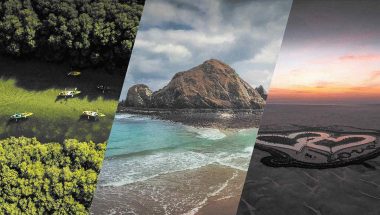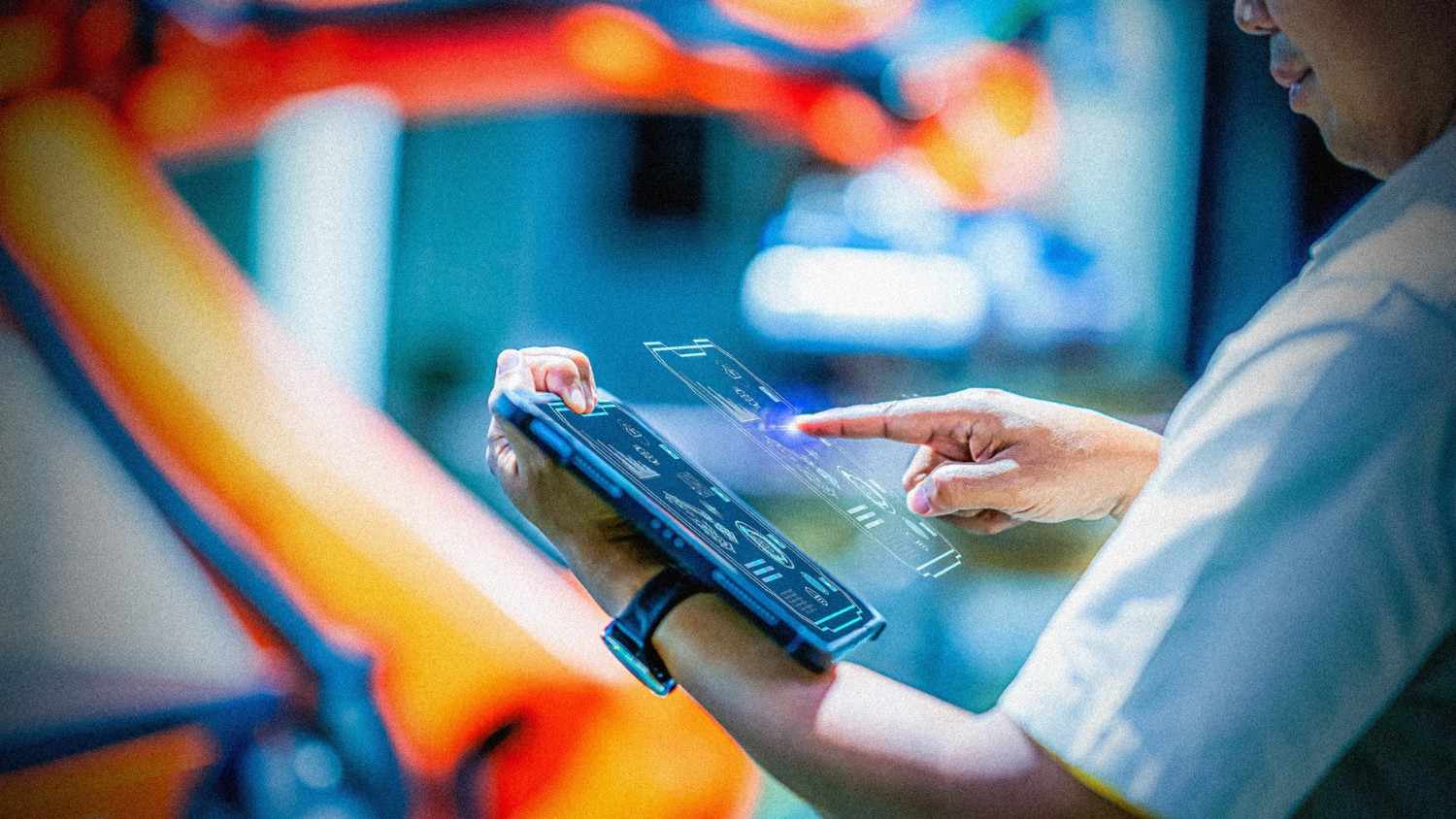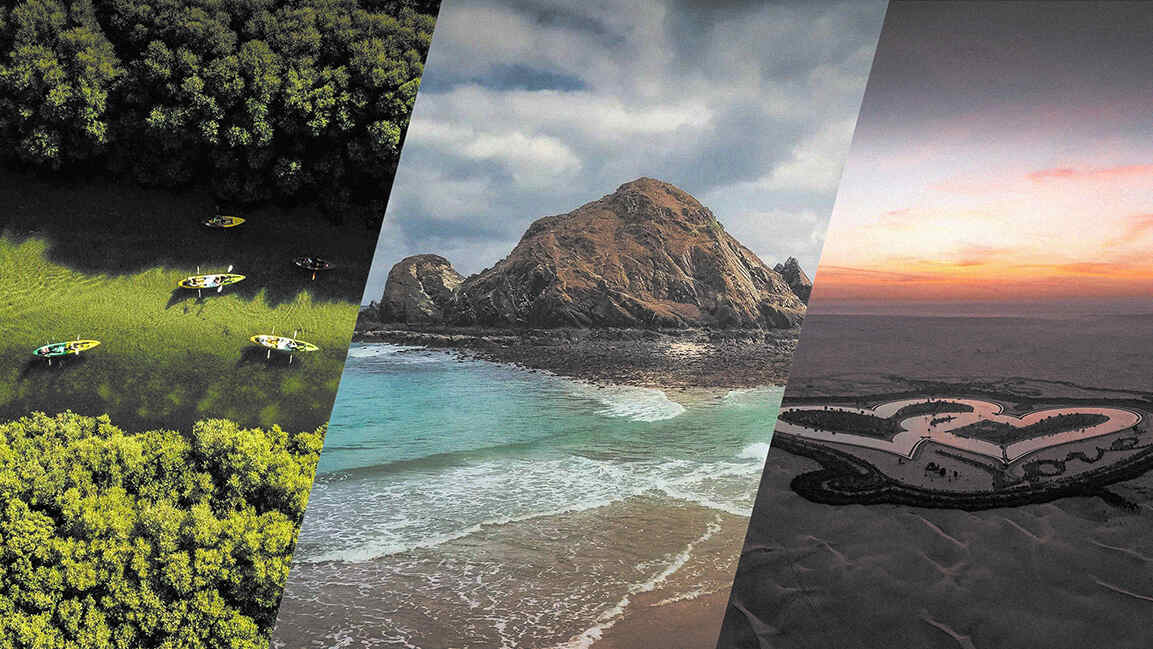- | 9:00 am
Emerging technologies in the Middle East need better connectivity. 5G will support it, says Zoran Lazarevic
In an exclusive chat as part of the FC Corner Office series, Zoran Lazarevic, Chief Technology Officer at Ericsson Middle East and Africa, discusses the future of 5G connectivity and the potential of a connected future with net-zero goals.

There was a lot of speculation over 5G technology, its effectiveness, potential, and promise. While it still has a long way to deliver, the next generation of mobile broadband will cross a subscription rate of nearly 1 billion by 2022. As per Ericsson’s Mobility Report of 2022, mobile network data traffic has doubled in the last two years, driven by smartphone use, mobile broadband, and digitalization. By the end of 2022, the average monthly usage per smartphone is expected to cross 15GB and reach 40GB by 2027.
What will determine the success of mobile connectivity is not higher efficiency or seamless data but delivering data within a circular structure.
As for the MENA region, 5G subscriptions grew to around 10 million in 2021 and will cross 200 million in 2027, the report states. Monetization through growing both traditional and IoT mobile connections remains a key short-term priority for service providers.
WATCH THE VIDEO HERE
“Now that 5G networks are being rolled out across the region, the opportunity for organizations and society to leverage the adjacent technology advancements in AI, Machine Learning, IoT, and metaverse is tremendous,” says Zoran Lazarevic, Chief Technology Officer, Ericsson Middle East and Africa
LEVERAGING 5G FOR ECONOMIC DIVERSIFICATION
Many countries in the Middle East have the vision to diversify their economy from oil and gas. “5G and digitalization will help in the transition,” says Lazarevic.
5G represents a great potential for service providers to create and capture new value for consumers. “With digitalization at full speed – together with technological advancements of 5G, cloud, edge computing, and AI – a whole new set of opportunities have opened up for enterprises to redefine and grow their business, and for governments to enhance and improve mission-critical services,” he says.
The region is also witnessing advancements in emerging tech, such as augmented reality (AR), virtual reality (VR), and metaverse, which will soon integrate with everyday life. “This emerging tech trend will increase the need for better network requirements, which 5G will support,” adds Lazarevic.
IMPROVING FLEXIBILITY AND COST EFFICIENCY
Although the Swedish vendor is focused on 5G patents and equipment, it has been involved in the early-stage developments of Open RAN technology and is a major contributor to the O-RAN Alliance, a group that is defining specifications for radio access networks.
“Combining openness with resilience, sustainability, and intelligence is one of the four cornerstones for future networks,” Lazarevic says.
Ericsson is shaping specifications as part of the O-RAN Alliance, learning new network technologies’ capabilities and limitations, and testing them with communication service provider customers and partners. “With regard to Open RAN, we are very active in the standardization of open architecture,” he adds.
Speaking of purpose-built and Cloud RAN solutions, Lazarevic says, “Our solution for both core and radio networks are agnostic.”
“Networks should be built by taking advantage of each other’s portfolio. Cloud RAN, for instance, has several advantages when it comes to flexibility to scale. At the same time, purpose-built has better efficiency, a small carbon footprint, more compact integrated solutions, and so on. We are focusing on enhancing the cooperation between these two solutions so that in future networks, both can be deployed simultaneously,” he adds.
NET-ZERO GOALS
With 5G enabling a more connected world, the strain on carbon footprint is equally high. How can technology be used to mitigate climate change?
The Swedish operator was a lead partner in developing the Exponential Climate Action Roadmap launched at the UN Climate Action Summit in 2018. The roadmap showcases 36 existing solutions across sectors that can scale globally to halve global greenhouse gas emissions by 2030.
“We’re focusing on breaking the energy curve. Every generation of mobile networks, be it 2G, 3G, or 4G, is better quality at the cost of more energy consumption. We think this is not sustainable,” says Lazarevic.
“With 5G, we must produce a much better network but with less energy consumption,” he adds.
Tackling climate change will require a holistic approach demanding the combined efforts of the public and private sectors. “It’s only through innovation across all sectors of society, along with the right policy mix and concrete climate action, that we’ll realize the change needed to reach a 1.5°C future”.








































